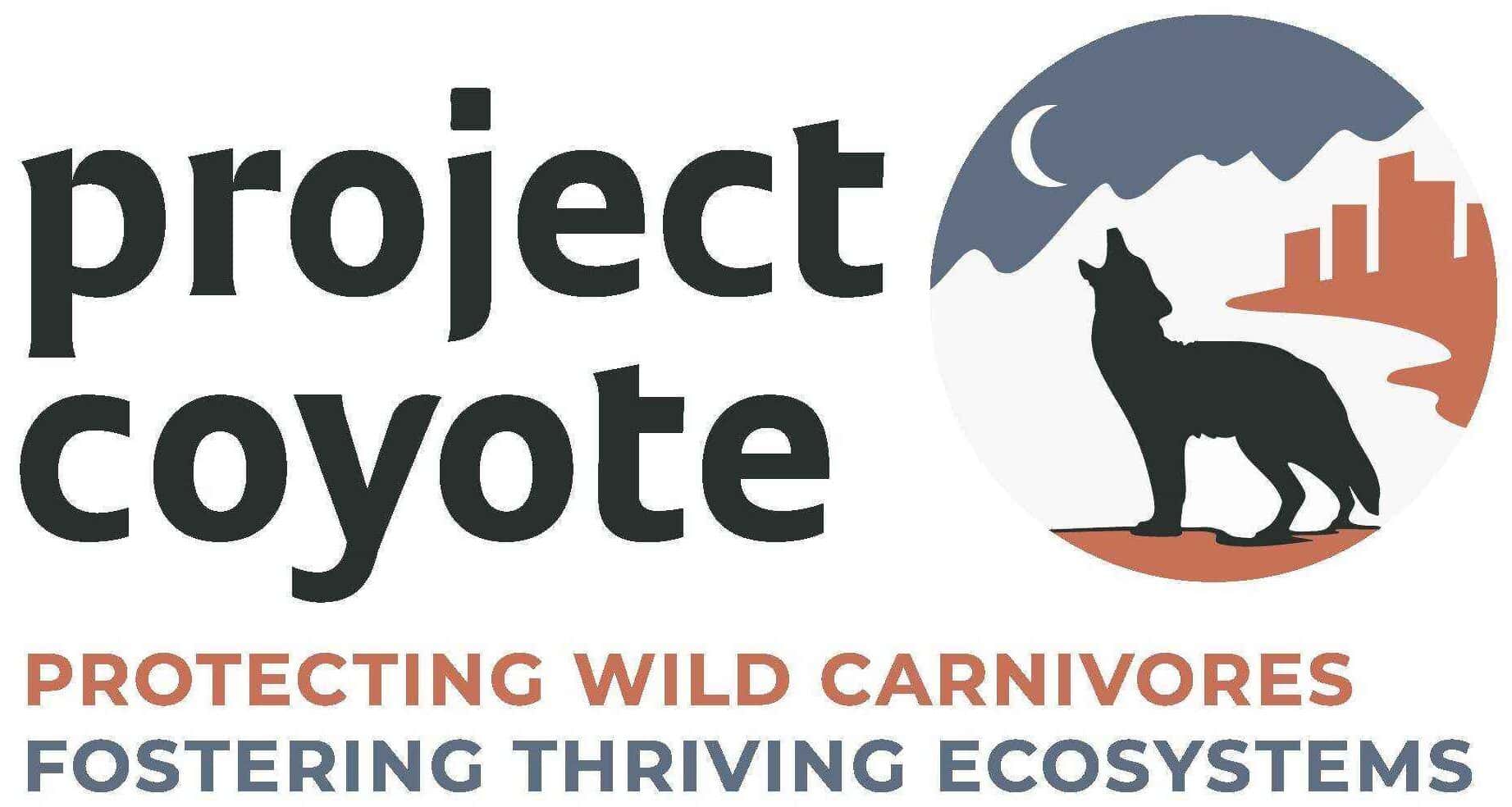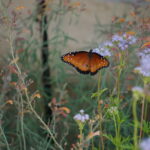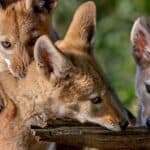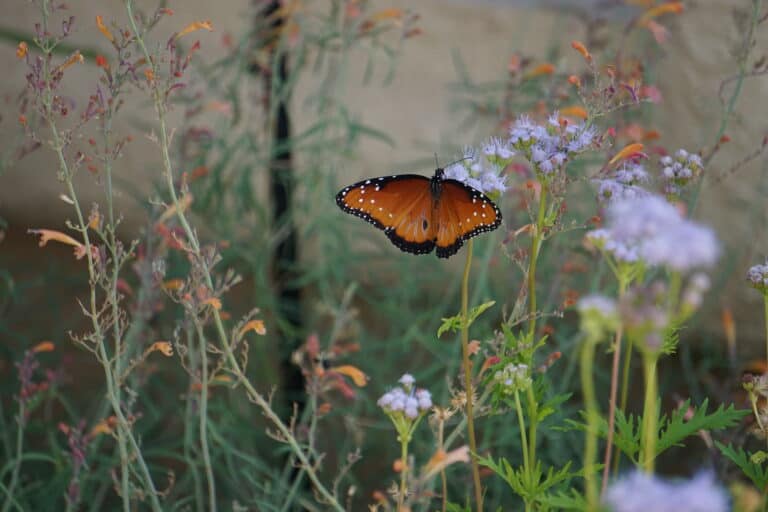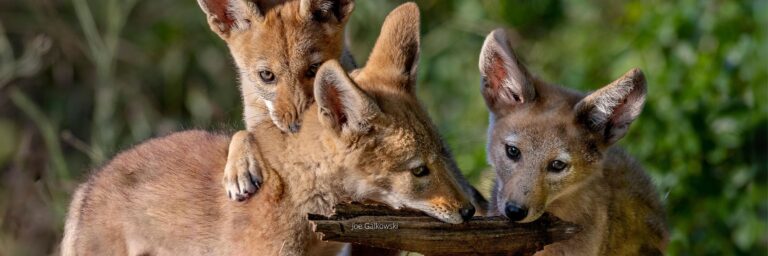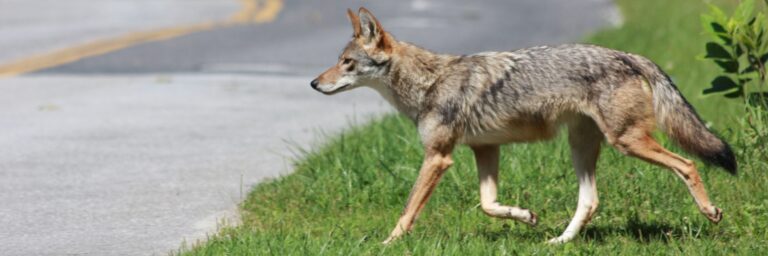Notes From The Field Blog by Jess Bock, Project Coyote Design Intern
Hi! I’m Jess Bock and this past summer I was a design intern here at Project Coyote. I’ve been passionate about art my whole life, and have tried every medium that crosses my path (and have been better at some than others). My parents are herpetology (reptiles and amphibians) professors and conservationists, so I’ve witnessed first hand what it’s like to campaign for education on, better understanding of, and compassion for animals who the majority of people don’t appreciate.
During my time at college, I’ve focused on the interdisciplinary union of science and art, or what is sometimes referred to as sci-art. These subjects are often portrayed as opposites, or even rivals when it comes to deciding which gets better funding support, but both can benefit and build off of each other in influential ways. Science deals with knowing and learning new information, but this information has to be successfully shared for it to create an impact or change.
Getting people to listen is the first step in getting them to care. I have found that the majority of people love learning new things, helping a cause, and spreading the knowledge they have gained. Capturing someone’s attention, conveying information successfully, targeting specific audiences, and creating a lasting impression that inspires action are all factors to consider when dealing in sci-art.

An infographic poster Jess developed for Project Coyote
A poster or infographic has to employ the principles of design, color, and legibility, all the while breaking down complex information in a way that is digestible and understandable to someone who might not have much background information, but still be informative and inspiring. An eye-catching and easily understandable poster allows for wide distribution. It’s perfect for the person who is not in the habit, or does not have the time, to read through scientific papers on the subject and just wants an introduction to the material. Given all the myths and misunderstandings about coyotes, wolves, and other carnivores, we aim to get a lot of accurate information to reach a wider audience, rectify the misinformation, and provide good advice.

A photograph of a wolf by Jess Bock
Here’s the most cliche thing you’ll hear today: a picture IS worth a thousand words, but it can also lead to a thousand questions. This is good! Getting the public curious and eager to know more is the goal after all. An image paired with text can be illuminating, clarifying, and beautiful. An image is an argument first and foremost. It can evoke emotion, contemplation, and interest if it is used correctly. Images have been a linchpin in conservation efforts of many kinds. As an example, an image of a coyote in the wild might convince someone of their intrinsic merit, as an animal that should be alive and free, a being worthy of respect and protection. Moreover, a photo of a coyote that was the victim of a killing contest can lead the viewer to wonder about how such a phenomenon came to be and investigate more about why and how such events occur, and if they serve a purpose. Viewers can make up their minds on the matter, having the photographic evidence.

Artwork of a coyote and lemons by Jess Bock
Let’s talk about art in the more traditional sense. Why is the coyote shown in the header art I created carrying a happy meal? Does it highlight the union of the wild and urban? Does this anthropomorphize the coyote, making us consider that maybe we’re not so different? Do we pity her or congratulate her for her nightly takeout acquisition? Are we supposed to be endeared or concerned? Is it an homage to, or a critique of America? I’m not telling. It’s up to you! Art asks you to make the leap yourself.
Like photography, art can generate emotions and thoughts in its viewers that create further musing and maybe even actions. I wonder if enough beautiful things were created in honor of the largely unloved and under-appreciated animals (not just coyotes and other mammalian predators, but also snakes, spiders, rats, and bats– all the important, but shunned creatures), what message that would send. Maybe it would convince some to consider the perspectives of those who appreciate and even LOVE what some others consider vermin (or don’t consider at all). Everyone should think beyond the physical, and the prejudices we are taught to believe.
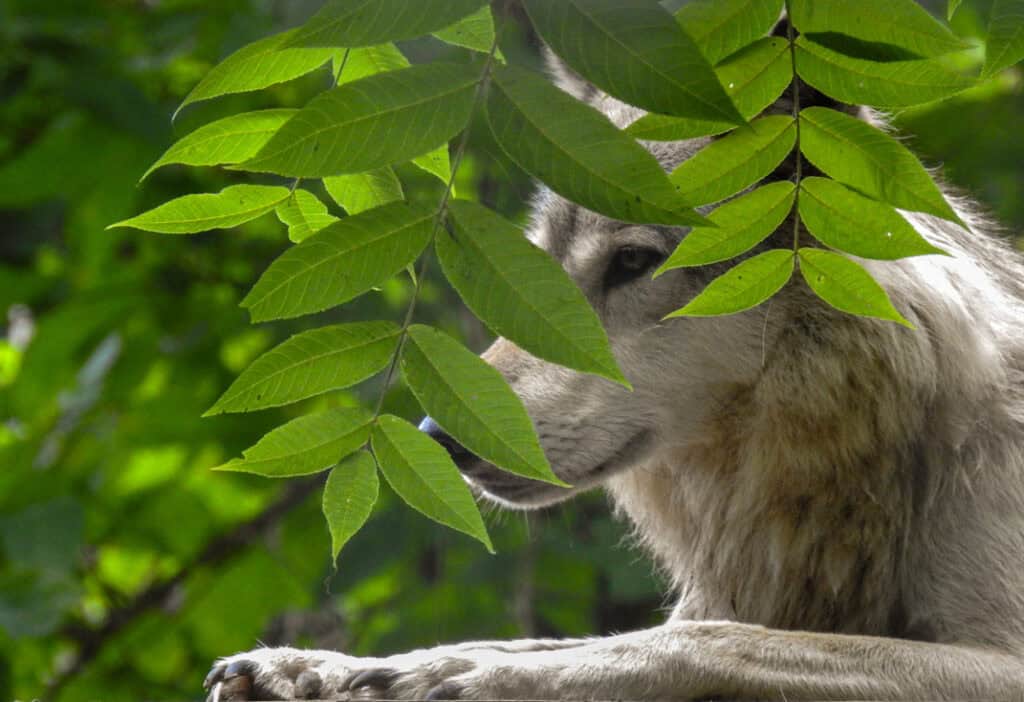
A photograph of a wolf by Jess Bock
There are no limits to the types of art that can communicate or inspire: poetry, music, sculpture, film, or any combination of creative displays that can reach a wide audience. Social media and websites grant us an incredible advantage of communicating to a wide and varied audience, that wasn’t as easy before their widespread use.
Intended audience is a primary consideration when setting out to convey information. Tone, amount of information, word choice, and visuals all should depend on who you’re looking to reach and what they should get out of it. Your message is different for someone who hasn’t heard of an idea before versus someone who actively opposes it, for example. Getting someone to change their views is harder, you must be diplomatic, not condescending. In these instances, I find that appealing to their logos (reason) and ethos (credibility) rather than their pathos (emotion) is the way to go. To convince a farmer that using non-lethal methods to ward off coyotes is more efficient, cost effective, and beneficial, you need proof. It is not enough to highlight the cruelty of the act. Alternatives must be provided, and backed up. The same goes for hunters and participants of wildlife killing contests. Some believe that what they are doing is helpful to the environment and their community. We must try to dispel the misinformation, with facts and logic. The ones that don’t change their behavior, and continue to claim to act based on good intentions and reason, must then admit to personal enjoyment being more important to them than truth or the general good.
I do not claim to have mastered communication or sci-art, but I am very conscious of the power I hold when creating something, the damage or good it can do. Intention versus interpretation is a risky gamble. Make sure that what you intended to communicate is coming through, that the wording is clear, the visuals aid rather than distract, to share a message that most people can understand. You can do more harm than good if you’re not careful, spreading misinformation or taking credibility away from your cause.
So if you create art of any kind, think about what you hope to accomplish with it. If science is more your speed, consider communication seriously, how can you give important information wings? If you are an observer (a wonderful and influential thing to be), be aware of what you are shown and told. Is it successful in informing and persuading you? Why? Is it credible, well sourced and well intentioned? You can allow it to evoke a change in your behavior, and you can help spread it further. Fear and apathy often stem from disinformation, but a worthy cause can be the best muse for creativity and it can change hearts and minds.

Jess Bock is a student studying art and science at The College of the Atlantic. She worked as a 2022 intern for Project Coyote creating materials that inform and inspire. Check out more of Jess’s work and all the other resources available on our website!
